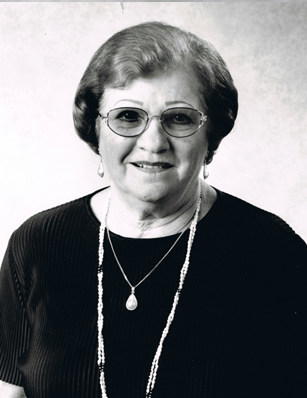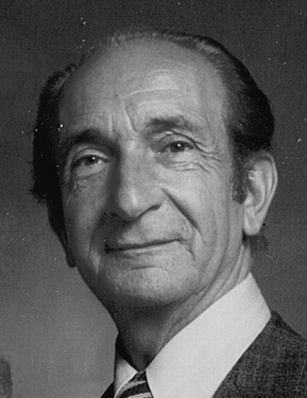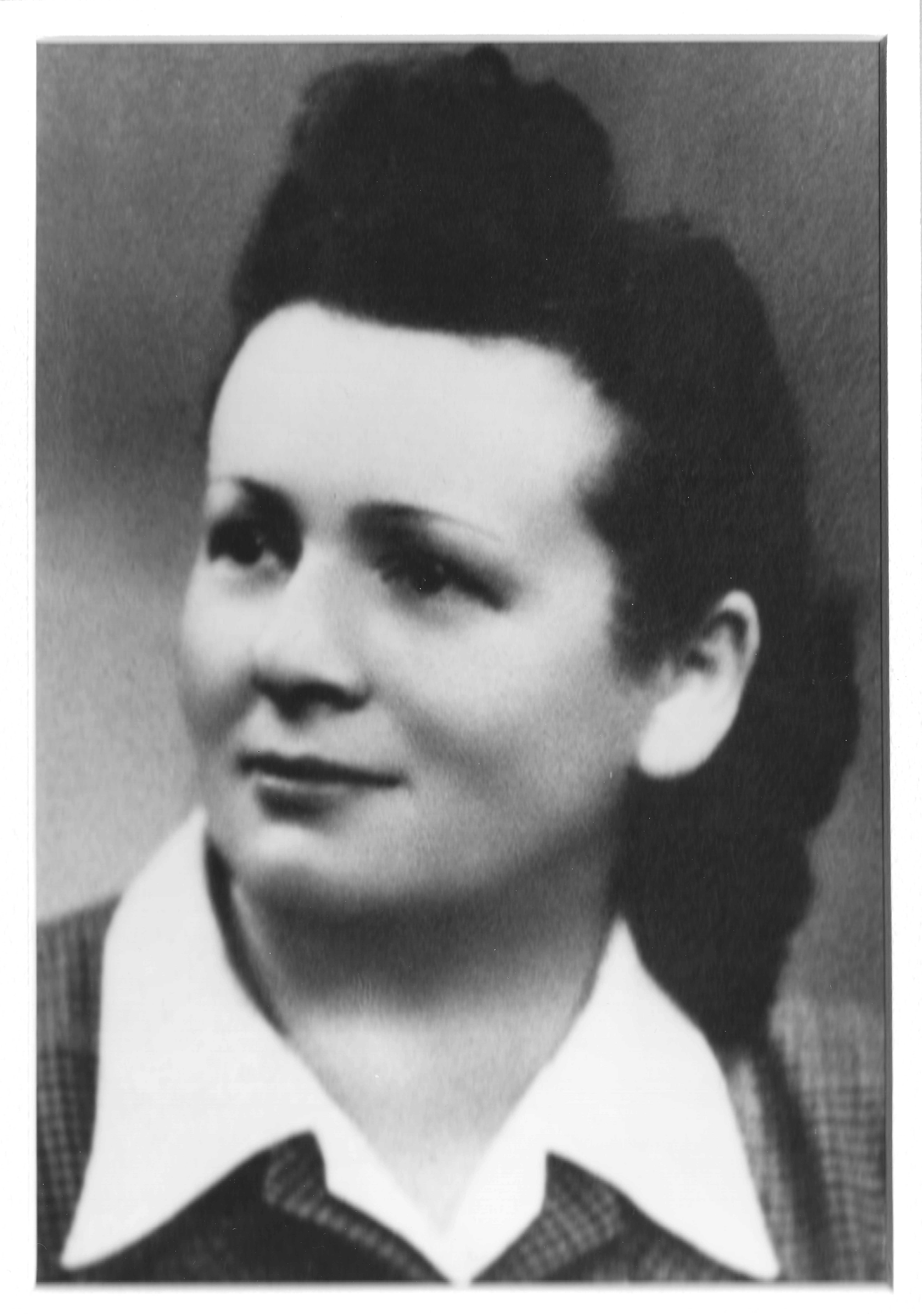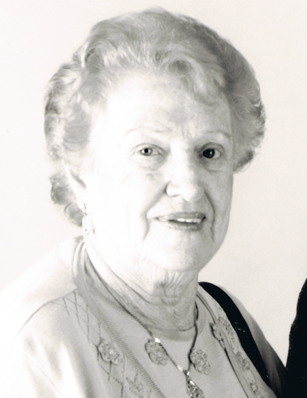Experience: Cracow (Krakow)
|
|

|

|

|

|
|
|
|
|

|
|
|
|
|
|
|
|
|
|
|
|
|
|
|
|
|
|
|
|
|
|
JEWISH POPULATION OF KRAKOW
“Founded before the end of the first millennium, the city of Krakow (Cracow), located today in southern Poland, served as the seat of the Piast Dynasty and eventually as the capital of the Polish Kingdom until the early 17th century. After the third partition of Poland in 1795, Krakow became the seat of Galicia province in the Austrian Empire. In 1918, with the re-establishment of the Polish state, Krakow became and remains one of its most important cities.
“The first recorded presence of Jews residing in Krakow dates from the early 13th century. 55,515 Krakow residents identified themselves as Jews in the Polish census of 1931; on the eve of the war, some 56,000 Jews resided in Krakow, almost one-quarter of a total population of about 250,000.
“By November 1939, the Jewish population of Krakow had grown to approximately 70,000. This increase reflected the concentration of Jews who fled or were driven from the countryside into the city and its suburbs, and the arrival of Jews deported east from the District Wartheland (a part of German-occupied Poland that was directly annexed to the so-called Greater German Reich).
GERMAN OCCUPATION OF KRAKOW
“Upon the German invasion of Poland, the German army occupied Krakow in the first week of September 1939. The German military authorities initiated immediate measures aimed at isolating, exploiting, and persecuting the Jews of the city. On October 26, 1939, that part of German-occupied Poland which the Germans did not annex directly came under the rule of civilian occupation authorities under the leadership of Hans Frank, the former legal counsel to the Nazi Party. Appointed Governor General by Adolf Hitler, Frank established his headquarters in the Wawel Castle in Krakow, which the Germans designated as the capital of the Generalgouvernement. On Frank's staff was SS General Friedrich-Wilhelm Krüger who as Higher SS and Police Leader commanded all SS and police personnel stationed in the Generalgouvernement.”
“Like elsewhere in the Generalgouvernement, the German occupation authorities required Jews in Krakow city and the surrounding areas to report for forced labor (October 1939), form a Jewish Council (November 1939) identify themselves by means of a white armband with a blue Star of David to be worn on the outer clothing (December 1939), register their property (January 1940-March 1940), and to be concentrated in ghettos (September 1940-March 1941).
KRAKOW GHETTO
“In May 1940, the Germans began to expel Jews from Krakow to the neighboring countryside. By March 1941, the SS and police had expelled more than 55,000 Jews, including refugees from the German-annexed District Wartheland; about 15,000 Jews remained in Krakow.
‘In early March 1941, the Germans ordered the establishment of a ghetto, to be situated in Podgorze, located in the south of Krakow, rather than in Kazimierz, the traditional Jewish quarter of the city. By March 21, 1941, the Germans had concentrated the remaining Jews of Krakow and thousands of Jews from other towns in the ghetto. Between 15,000 and 20,000 Jews lived within the ghetto boundaries, which were enclosed by barbed-wire fences and, in places, by a stone wall. Streetcars traveled through the ghetto but made no stops within its boundary. In March 1942, the Germans arrested 50 intellectuals in the ghetto and deported them to Auschwitz concentration camp, where the camp authorities registered all of them as prisoners on March 24.
‘The Germans established several factories inside the ghetto, among them the Optima and the Madritsch textile factories, where they deployed Jews at forced labor. Several hundred Jews were also employed in factories and forced-labor projects outside the ghetto. Among the businesses utilizing Jewish forced laborers was the firm German Enamel Products (Deutsche Emalwarenfabrik), owned by Oskar Schindler, located in Podgorze, and later moved to Plaszow.
‘In June 1941, Krakow SS and Police Leader Scherner authorized the establishment of two forced-labor camps for Jews on the Jerozolimska Street in the Plaszow suburb of Krakow, one for men and one for women. By February 1943, the SS had established seven other forced labor camps in Plaszow. Inside or adjacent to the camps were several textile factories; the SS deployed Jews with the Siemens firm and in a brickworks factory and a stone quarry. The Germans deployed Jewish forced laborers on construction projects as well, building or repairing bridges, rail tracks, and an indoor sports complex. By February 1943, the Jerozolimska Street camp housed approximately 2,000 Jewish men and women.
‘Operatives of Operation Reinhard, within the framework of which the SS and police planned to murder the Jewish residents of the Generalgouvernement, arrived in Krakow in the spring of 1942. The Germans claimed to be deporting some 1,500 Krakow Jews to the forced-labor camp in Plaszow; in reality, the transport was directed to the Belzec killing center. On June 1 and 6, 1942, the German SS and police deported up to 7,000 Jews via Plaszow, where the camp authorities assisted in the murder of approximately 1,000, to Belzec. On October 28, 1942, the Germans deported nearly half of the remaining Jews in the ghetto, approximately 6,000, to Belzec. During the deportation operations, Plac Zgody and the Optima factory were the major assembly points. During the operation, the SS and police shot approximately 600 Jews, half of them children, in the ghetto.
LIQUIDATION OF THE KRAKOW GHETTO
‘The SS and police planned the liquidation of the Krakow ghetto for mid-March 1943, in accordance with the Himmler's order in October 1942 to complete the murder of the Jews residing in the Generalgouvernement, incarcerating those few whose labor was still required in forced-labor camps.
‘On March 13-14, 1943, the SS and police carried out the operation, shooting some 2,000 Jews in the ghetto. The SS transferred another 2,000 Jews - those capable of work and the surviving members of the Jewish Council and the Jewish police force (Ordnungsdienst) - to the Plaszow forced-labor camp, and the rest of the Jews, approximately 3,000, to the Auschwitz-Birkenau killing center in two transports, arriving on March 13 and March 16. At Auschwitz-Birkenau, the camp authorities selected 549 persons from the two transports (499 men and 50 women) to be registered as prisoners and murdered the others, approximately 2,450, in the gas chambers.
‘After the revolts of Jewish prisoners in the Warsaw ghetto (April-May 1943), Treblinka (August 1943), the Bialystok ghetto (August 1943), and Sobibor (October 1943), the SS guards and their Trawniki-trained auxiliaries murdered virtually all of the remaining prisoners in the Plaszow forced-labor camp between September and December 1943 in several mass shooting operations. The number of Jews murdered by the SS in these shootings is unknown; it may have been up to 9,000. SS and police officials deported the survivors to Auschwitz-Birkenau.
PLASZOW CONCENTRATION CAMP
‘In January 1944, the SS Economic and Administrative Main Office took over the Plaszow forced-labor camp and converted it into a concentration camp. The SS filled the now virtually empty camp with incarcerated Jewish forced laborers from various smaller forced labor camps in Krakow and Radom Districts and, later in the spring, with Jews deported from Hungary. Among the Jews brought to Plaszow at this time were those forced laborers living near and deployed at Oskar Schindler's German Enamel Products factory.
‘Since Plaszow also served as a transit camp for the movement of Jewish prisoners from surviving forced labor camps in Poland to camps further west, exact data on the number of Jews whom the SS incarcerated and killed there is not available. In September 1944, there were still 2,200 Jews in Plaszow. The SS evacuated at least 1,500 of them to the Gross-Rosen concentration camp on October 15. As of the beginning of 1945, 636 prisoners remained at Plaszow; on January 14, 1945, two days after the Soviet offensive pushed the Germans out of their positions on the west bank of the Vistula River, the SS evacuated these last prisoners on foot to Auschwitz.
RESISTANCE IN THE KRAKOW GHETTO
‘A Jewish resistance movement existed in the Krakow ghetto from the time the ghetto was established in 1941. Its leaders focused underground operations initially on supporting education and welfare organizations. In anticipation of the deportation operations that the SS carried out at the end of October 1942, some leaders in the more radical wing of the underground, two existing resistance groups, the Zionist-oriented Bnei Akiva, led by Laban Leibowicz, Shimon Draenger, and Dolek Liebeskind, and the Socialist Ha-Shomer ha-Za'ir group, led by Heshek Bauminger and Benjamin Halbrajch, merged into one organization, the Jewish Fighting Organization (Zydowska Organizacja Bojowa; ZOB). Independent of the ZOB in Warsaw, this merged group prepared to fight the Germans.
‘Ultimately the ZOB decided not to fight within the limited confines of the ghetto, but instead to use the ghetto as a base from which to attack targets throughout the city of Krakow. The most important ZOB attack took place in cooperation with Communist partisans on December 23, 1942, at the Cyganeria cafe, in the center of Krakow, which was frequented by German officers. The ZOB killed 12 Germans in this attack.
‘Krakow ghetto fighters also attempted to join partisan groups active in the Krakow region. In successive skirmishes with the Germans, the Jewish underground fighters suffered heavy losses. In the fall of 1944, the remnants of the resistance escaped from Poland, crossing into neighboring Slovakia and then into Hungary, where they joined with Jewish resistance groups in Budapest.
LIBERATION AND AFTERMATH
‘Krakow remained the administrative seat of the Generalgouvernement until the Germans evacuated the city on January 17, 1945. Soviet forces entered Krakow two days later, on January 19, 1945.
‘After the war, some 4,282 Jews resurfaced in Krakow. By early 1946, Polish Jews returning from the Soviet Union swelled the Jewish population of the city to approximately 10,000. Pogroms in August 1945 and throughout 1946 as well as a number of murders of individual Jews led to the emigration of many of the surviving Krakow Jews. By the early 1990s, only a few hundred Jews remained.”
Accessed on July 19, 2011
— YIVO Institute for Jewish Research, New York
http://www.ushmm.org/wlc/en/media_ph.php?ModuleId=10005169&MediaId=228
Accessed on July 19, 2011
— YIVO Institute for Jewish Research, New York
http://www.ushmm.org/wlc/en/media_ph.php?ModuleId=10005169&MediaId=2284
Accessed on July 19, 2011
— YIVO Institute for Jewish Research, New York
http://www.ushmm.org/wlc/en/media_ph.php?ModuleId=10005169&MediaId=2285
Accessed on July 19, 2011
— Moreshet Mordechai Anilevich Memoria
http://www.ushmm.org/wlc/en/media_ph.php?ModuleId=10005169&MediaId=2296
Accessed on July 19, 2011
— Leopold Page Photographic Collection
http://www.ushmm.org/wlc/en/media_ph.php?ModuleId=10005169&MediaId=2279
Accessed on July 19, 2011
— Leopold Page Photographic Collection
http://www.ushmm.org/wlc/en/media_ph.php?ModuleId=10005169&MediaId=2280
Accessed on July 19, 2011
Contact us
thank you!
Your application is successfuly submited. We will contact you as soon as possible
thank you!
Your application is successfuly submited. Check your inbox for future updates.